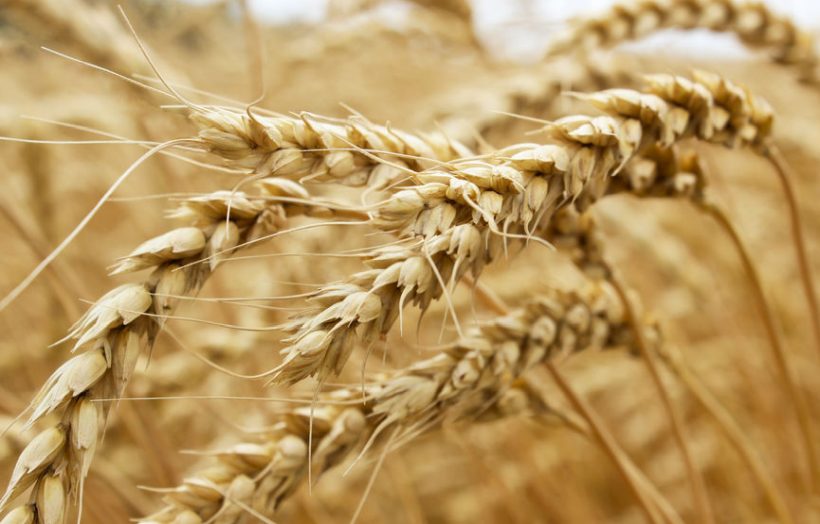
Scientists have completed one of the largest genetic analysis ever done of any crop to find desirable traits in wheat’s extensive and unexplored diversity.
The Seeds of Discovery (SeeD) initiative aims to facilitate effective use of the genetic diversity of maize and wheat.
It genetically characterised 79,191 samples of wheat from the germplasm banks of the International Maize and Wheat Improvement Center (CIMMYT) and the International Center for Agricultural Research in the Dry Areas (ICARDA) - considered the largest in the world.
The findings of the study, published in Nature Communications, are described as ‘a massive-scale genotyping and diversity analysis’ of the two types of wheat grown globally and of 27 known wild species.
Wheat is the most widely grown crop globally, with an annual production of more than 600 million tons.
Approximately 95% of the grain produced corresponds to bread wheat and the remaining five percent to durum or pasta wheat.
The main objective of the study was to characterise the genetic diversity of CIMMYT and ICARDA’s collections by mapping genetic variants to identify useful genes for wheat breeding.
The results show distinct biological groupings within bread wheats and suggest that a large proportion of the genetic diversity present in landraces has not been used to develop new high-yielding, resilient and nutritious varieties.
Lead researcher Carolina Sansaloni, from CIMMYT said: “The analysis of the bread wheat accessions reveals that relatively little of the diversity available in the landraces has been used in modern breeding.
"This offers an opportunity to find untapped valuable variation for the development of new varieties."
The study also found that the genetic diversity of pasta wheat is better represented in the modern varieties, with the exception of a subgroup of samples from Ethiopia.
Researchers mapped the genomic data obtained from the genotyping of the wheat samples to pinpoint the physical and genetic positions of molecular markers associated with characteristics that are present in both types of wheat and in the crop’s wild relatives.
On average, they found 72% of the markers obtained are uniquely placed on three molecular reference maps.
Around half of these are in interesting regions with genes that control specific characteristics of value to breeders, farmers and consumers such as heat and drought tolerance, yield potential and protein content.
The project was funded by Mexico’s Agriculture and Rural Development Department (SADER) and the Biotechnology and Biological Research Council (BBSRC) in the UK.
